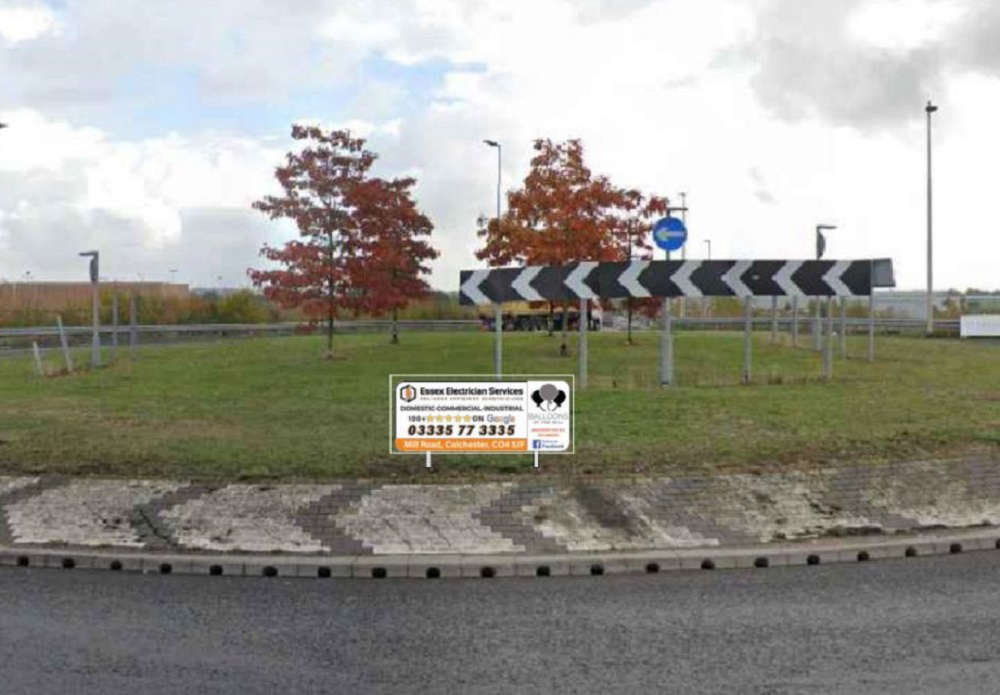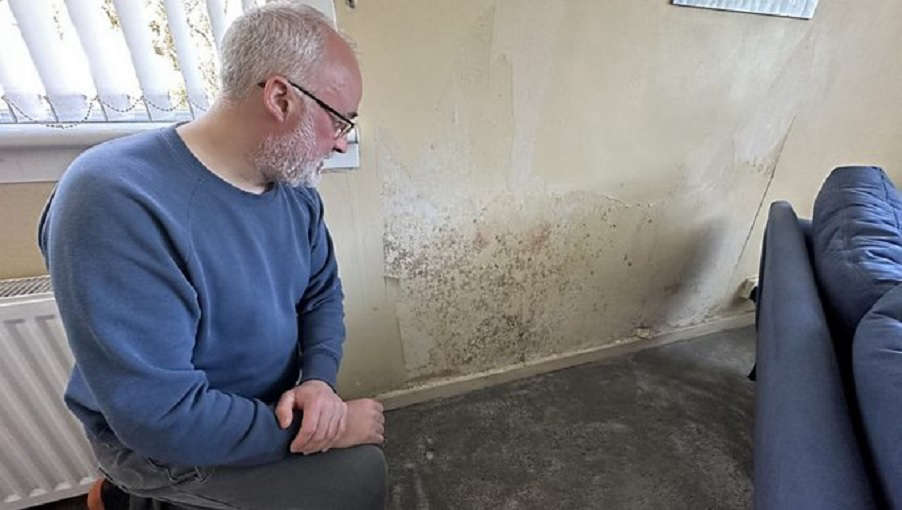

The Building Safety Bill: our best opportunity for change
Posted: Thursday, March 3rd, 2022

When Dame Judith Hackitt reviewed the Building Regulations in the wake of the Grenfell Tower fire of 2017, she found a construction industry in need of major and urgent improvement. The Building Safety Bill that resulted from her review will be enacted in 2023, and a range of regulations and standards will support it. ECA is working with many other bodies including the FSA, JIB and HSE to ensure the Bill delivers on the promise of safer buildings. The association welcomes the new standards of competence that will be required from our sector, and across wider construction and maintenance. We believe the best way to achieve this is with robust training and competence standards, supported by clear requirements for electrical safety checks. For example, as part of Working Group 2 (Installers of the Competence Steering Groups), both ECA and FSA are helping shape the future of training and competence in our sector. The aim is to develop a framework of qualifications and experience that will eventually be presented for approval to the new Industry Competence Committee (ICC), to be set up in support of the planned Building Safety Act. This work has included developing pilot frameworks, including one of the first for the fire alarm industry. We are keen to ensure that future regulation requires robust qualifications for the electrical and fire systems sectors, with a focus on apprenticeships and a model that is based on skills, knowledge, experience and behaviours. This is embodied in BSI Flex 8670 (Built Environment; core criteria for building safety in competence frameworks; code of practice). Flex 8670 is framework that the ECA, FSA and others would like to see delivered as soon as possible. We don’t believe that short courses and assessment of individual competence, even on an annual basis, can deliver the spirit or intent of Dame Judith’s Hackitt’s review. The intent is to improve our industry, and its outputs, from the ground up. Another important reason to focus on training as a career-long commitment is the ever-changing technology in the construction industry. Assessment demonstrates a certain type of knowledge at a single point in time. But what happens later when a tradesperson comes across a new technology or methodology? That’s where robust theory and the ability to apply knowledge in a range of situations are crucial. These requirements are growing as the demands on our sector change. For example, electricians who usually work in the domestic sector may also find themselves working on a mixed-use development over 18m high. These are very complex buildings, with prescriptive methods of fire and evacuation prevention and safety that a domestic electrician may have no experience of. What we should be doing is training people to be able to apply their knowledge and skills in different applications and different types of building. This doesn’t only benefit the industry - it makes buildings safer for occupants. It also extends the working capability of individuals, providing a valuable and more flexible skillset for their whole career. This means that, even with apprenticeships, we need to ensure that our people keep up with developments in technologies and standards. This is something that Dame Judith specifically mentioned in her review of Building Regulations: people working on buildings need to understand the latest regulations so that they can apply them correctly. This is why, working with industry partners, ECA and FSA advocates that the new Building Safety Regulator should include requirements for Continuing Professional Development (CPD) within all sector competence frameworks. We will need an industry-agreed mandatory level of CPD that requires employers to keep their staff up-to-date. It isn’t simply about installers collecting CPD points, but about having the applicable knowledge to carry out their work with confidence and competence, increasing safety, quality and productivity. Of course, the Building Safety Bill isn’t all about training and qualifications. There are several other areas of electrical safety which we are looking to reinforce in the Bill and its subsequent secondary regulations. For example, the ECA and FSA are endeavouring to broaden the requirement for electrical safety checks for buildings included in the Bill (dwellings over 18m). We want these to extend from the private rented sector (PRS) across all tenures, since many taller buildings now include private dwellings, social housing and PRS. And along with one of our key partners, Electrical Safety First, the ECA also supports moves to bolster the safety of electrical household appliances with a clamp-down on the sale of dangerous electrical products through online marketplaces. Furthermore, hospitals and care homes over 18m tall are currently covered by the Building Safety Bill. The National Fire Chiefs Committee would like these types of building to be included regardless of building height, and the ECA supports this proposal. The Building Safety Bill is expected to deliver a seismic shake-up of our industry, the likes of which most of us will not have seen in our careers. While this comes with many challenges, it is also an opportunity to improve safety and quality standards across the board, and to consolidate excellence in our industry. We should work together to grasp it.
Trending Stories
-
 Essex electrician has roundabout signs rejected
Essex electrician has roundabout signs rejected
A sparkie’s bid to sponsor signs on two roundabouts has been refused by planning chiefs who described them as “clutter”
-
 Barbie caused a ‘worldwide’ shortage of pink paint
Barbie caused a ‘worldwide’ shortage of pink paint
Barbie needed so much fluorescent pink paint that it caused a worldwide supply shortage for an entire company
-
 Builders find body of man murdered in the 1960s and buried in back garden
Builders find body of man murdered in the 1960s and buried in back garden
A woman who bought a South London house was left horrified after builders discovered the body of a man murdered in the 1960s and buried in her garden 14 months after she moved in
-
 'Government insulation scheme ruined my home'
'Government insulation scheme ruined my home'
A home-owner said his flat has been ruined by black mould caused by a government "green" insulation schem
-
 Builder celebrates lottery win by buying his coworkers bacon butties
Builder celebrates lottery win by buying his coworkers bacon butties
A builder from Milford Haven who won big on the lottery celebrated his victory by treating all his workmates to a round of bacon rolls